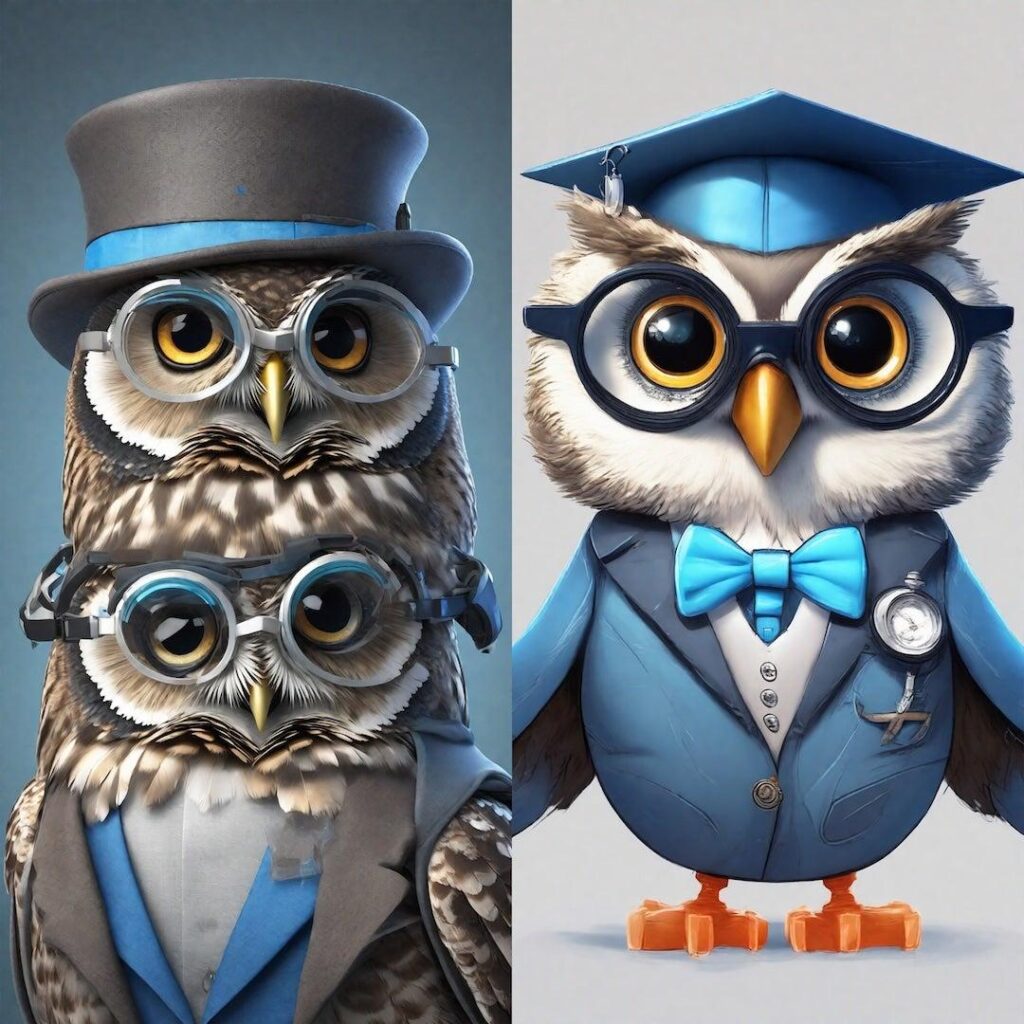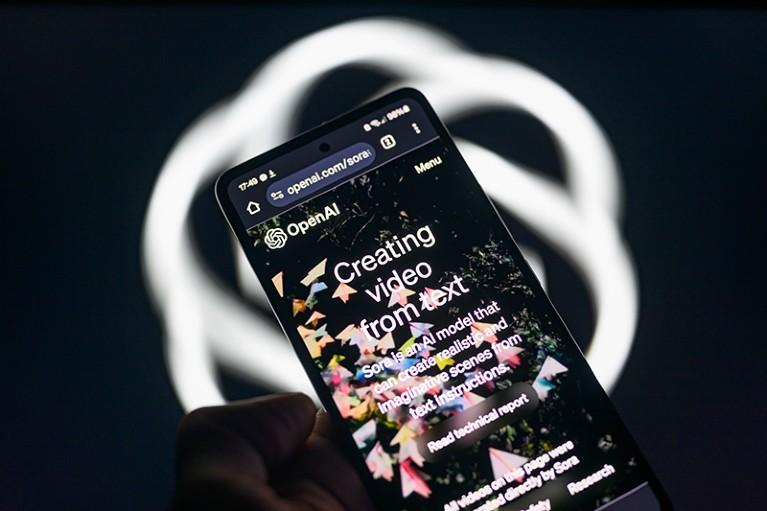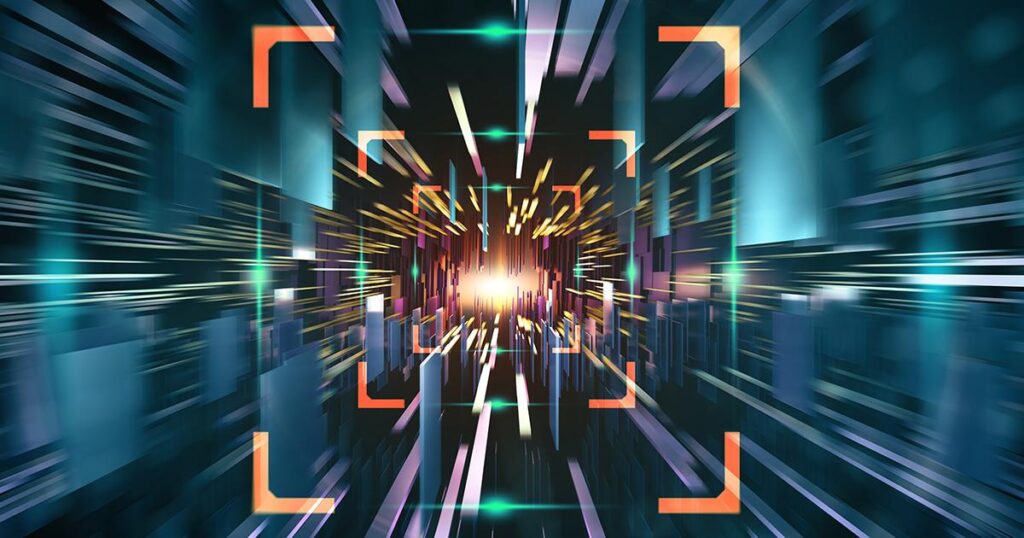The landscape of artificial intelligence is undergoing a seismic shift, driven by a handful of influential technology companies that are redefining the boundaries of what’s possible. From machine learning breakthroughs to revolutionary neural networks, these tech giants are investing billions of dollars and deploying vast computational resources to shape the future of AI. As these corporations compete and collaborate in their quest for AI supremacy, their innovations are not only transforming industries but also raising important questions about the direction and implications of artificial intelligence development. This article examines the key players, their strategies, and the impact they’re having on the evolution of AI technology. The evolution of artificial intelligence has sparked intense debates about its potential impact on various sectors, particularly in creative industries. While some view AI as a threat to human creativity, others see it as a powerful tool that can enhance and augment human capabilities. AI systems have demonstrated remarkable abilities in generating images, composing music, and even writing poetry, leading to questions about the nature of creativity itself.
In the realm of visual arts, AI algorithms can analyze thousands of existing artworks to understand patterns, styles, and techniques. This enables them to generate new images that combine elements in unique ways, sometimes producing results that challenge our understanding of artistic expression. However, these systems rely heavily on existing data and human-created works, raising questions about originality and authenticity.
The music industry has witnessed AI’s ability to compose melodies, harmonies, and complete musical pieces. These systems can analyze countless compositions across different genres and create new works that adhere to musical theory while introducing novel combinations. Musicians and composers are increasingly incorporating AI tools into their creative process, using them for inspiration or as collaborative partners.
Writing and literature have also been influenced by AI’s capabilities. Natural language processing has advanced to the point where AI can generate coherent narratives, poetry, and even technical writing. This has led to discussions about the role of human authors and the value of AI-generated content in various contexts.
However, it’s crucial to understand that AI’s creative outputs are fundamentally different from human creativity. AI systems operate by processing and recombining existing information in sophisticated ways, while human creativity often involves emotional expression, personal experiences, and intentional meaning-making. The uniqueness of human creativity lies in its ability to draw from subjective experiences, cultural context, and emotional depth.
Legal and ethical considerations surrounding AI-generated content continue to evolve. Questions about copyright, ownership, and attribution become increasingly complex as AI systems create works that may be influenced by multiple sources. The art world grapples with how to value and classify AI-generated works, while industries must establish guidelines for their use and integration.
As AI technology advances, the relationship between human and machine creativity will likely become more nuanced. Rather than viewing AI as a replacement for human creativity, many experts suggest focusing on how it can complement and enhance human creative capabilities. This might involve using AI for initial ideation, streamlining technical aspects of creative work, or exploring new possibilities that emerge from human-AI collaboration.
The future of creativity may lie in finding the right balance between human intuition and AI capabilities, leveraging the strengths of both to push creative boundaries while maintaining the authentic human elements that make art meaningful and impactful.


